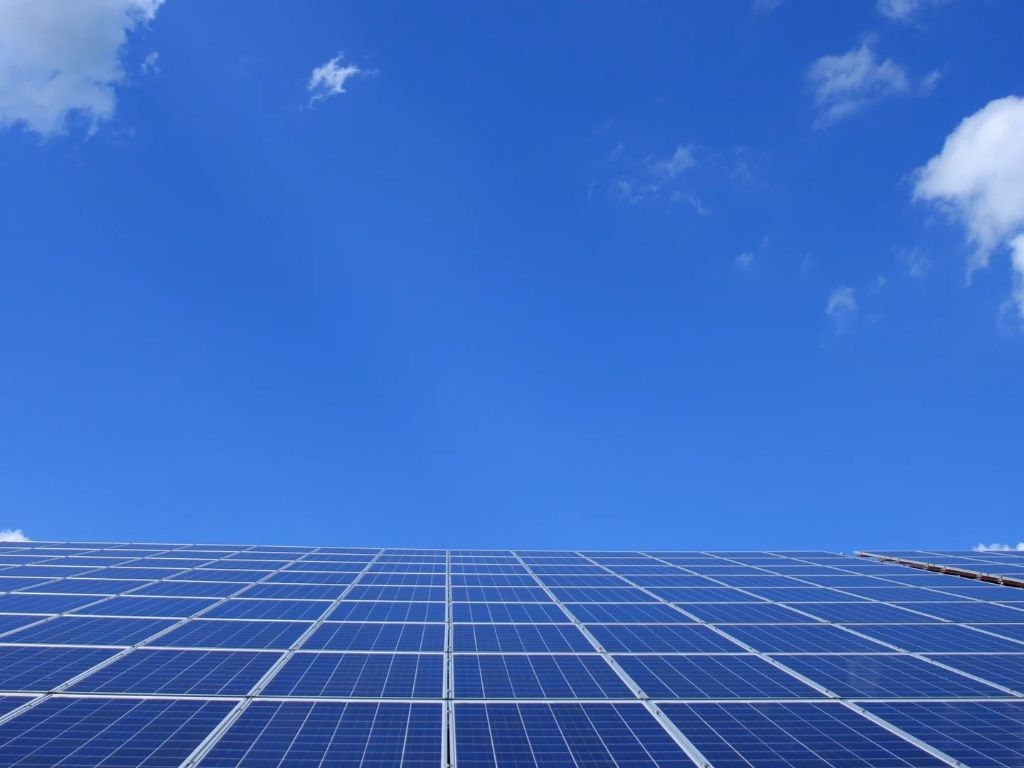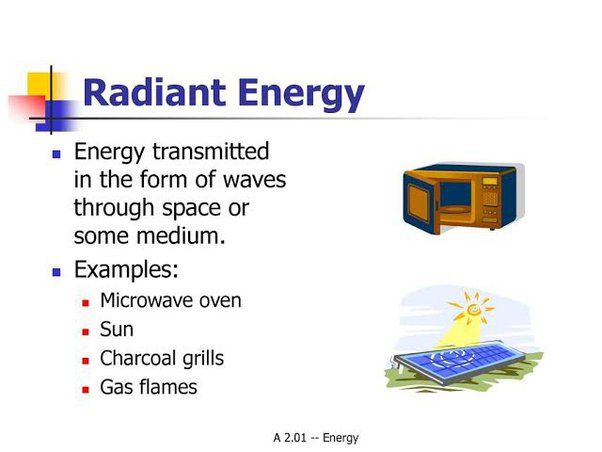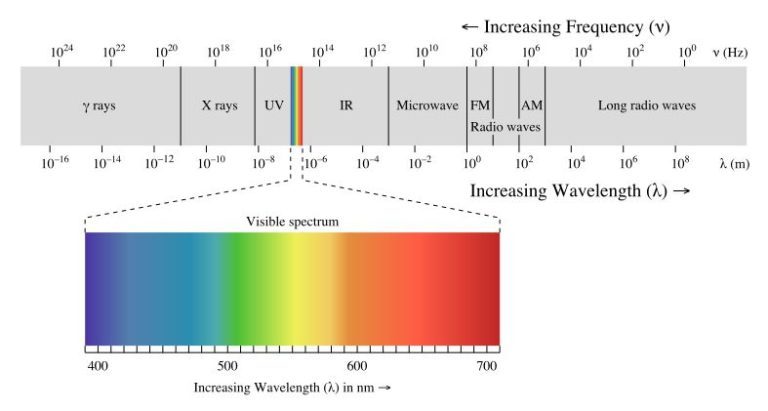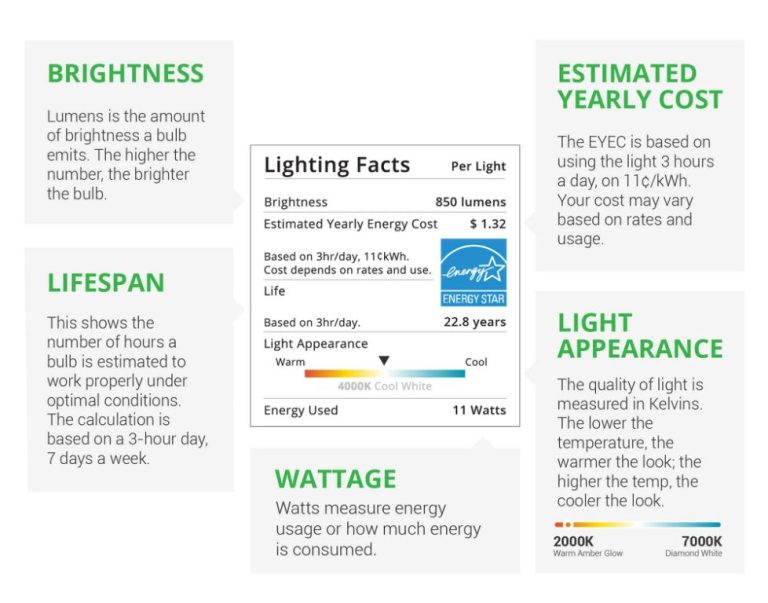Why Don T People Use More Renewable Energy Now?

As the world continues to grapple with the existential threat of climate change, renewable energy has emerged as one of the most critical ways to lower carbon emissions and limit global warming. Renewable energy sources like solar, wind, hydropower and geothermal produce little to no greenhouse gas emissions compared to fossil fuels. Despite these clear environmental benefits, renewable energy still accounts for only around 11% of total global energy consumption as of 2019 according to the International Energy Agency. This raises the question – why haven’t we transitioned more rapidly to renewable energy so far?
There are several complex and interlinked factors that help explain the current limited adoption of renewable energy. This article will provide an overview of the key challenges and obstacles holding back wider deployment of renewable energy technologies globally. Understanding these barriers is an important first step to overcoming them and unlocking the full potential of renewables.
High Upfront Costs
One of the biggest barriers to widespread renewable energy adoption is the high upfront capital costs compared to fossil fuel power plants. Renewables like solar, wind, and geothermal require substantial initial investments to manufacture, purchase, and install the equipment (IRENA, 2022). For example, building a large-scale solar farm can cost several hundred million dollars upfront, whereas a gas power plant may only require tens of millions in upfront costs.
Fossil fuels have established infrastructure over decades that is already paid for, so new plants are cheaper to construct. Renewables require brand new infrastructure, driving up those initial costs. However, over the lifespan of a renewable energy project, lower operating costs make up for the high upfront price tag. Still, those initial capital costs are a deterrent for many companies and governments looking to transition to renewable power (Inspire Clean Energy, 2022).
The good news is that as technology improves and scales up, renewable energy costs are coming down dramatically. The levelized cost per kWh for solar and wind is now highly competitive with fossil fuels in many markets (IRENA, 2023). But there is still progress to be made in further reducing upfront costs through technological innovations, economies of scale, and supportive policies.
Intermittency
Solar and wind power are considered intermittent or variable renewable energy sources. This means their electricity generation output fluctuates based on weather conditions and the time of day, unlike traditional baseload power plants which provide consistent output 24/7 (https://blogs.scientificamerican.com/plugged-in/renewable-energy-intermittency-explained-challenges-solutions-and-opportunities/).
For example, solar panels only produce electricity when the sun is shining. Output falls as clouds pass over or as the sun sets. Wind turbines require sufficient wind speed to spin the blades – electricity generation drops during low wind conditions. This variability contrasts with traditional fossil fuel plants that can provide steady electricity generation regardless of external conditions.
The intermittency of solar and wind presents challenges for grid management. Grid operators must match electricity supply with demand at all times. With intermittent renewables, supply fluctuates depending on weather. This requires maintaining backup power sources or storage to meet demand when solar/wind output is low (https://www.kenan-flagler.unc.edu/wp-content/uploads/2022/07/Meeting-the-Challenge-of-Renewables-Intermittency-General-Audience-Report.pdf). Intermittency also complicates grid planning and electricity pricing models traditionally based on consistent supply.
Lack of Infrastructure
One major barrier to the widespread adoption of renewable energy is the lack of infrastructure needed to support it. This includes the transmission lines required to carry renewable electricity from where it is generated to where it is consumed. Most renewable energy resources like wind and solar are location-dependent and may be generated in remote areas far from population centers. Massive investments in transmission infrastructure are needed to deliver this renewable power (1).
The intermittency of renewables like wind and solar also necessitates energy storage infrastructure to smooth out supply and store excess generation for times when renewable resources are not available. Large-scale energy storage in the form of pumped hydro storage, batteries, and other emerging technologies is currently lacking. Without sufficient storage, the variability of renewable generation can lead to grid instability and reliability issues (2).
Upgrading and expanding electricity grids and investing in storage will require substantial capital expenditures. Policies like streamlining permitting for new transmission lines and providing incentives for storage deployment can help enable the infrastructure build-out required for higher renewable energy penetration.
(1) https://www.ucsusa.org/resources/barriers-renewable-energy-technologies
(2) https://sustainablereview.com/overcoming-barriers-to-renewable-energy/
Regulatory and Policy Issues
One key barrier is that regulations and policies often do not provide adequate incentives or requirements for renewable energy adoption. For example, fossil fuel subsidies totaled $478 billion globally in 2019, while subsidies for renewables were around $166 billion (source). This skews the playing field against renewable energy.
Many policies also do not account for the positive externalities of renewable energy, like reduced pollution and greenhouse gas emissions. Putting a price on carbon through mechanisms like carbon pricing or cap and trade systems can help account for these externalities and improve the economics of renewables (source).
Additionally, in some markets, fossil fuel generators are paid for capacity rather than actual generation. This reduces incentives for building new renewable energy since fossil fuel plants can receive payments without generating electricity.
Lastly, permitting and grid integration policies often favor traditional energy sources over renewable energy. Streamlining and standardizing these processes could help reduce soft costs for renewables (source).
Low Public Awareness
While a majority of Americans support expanding renewable energy, research shows the public lacks awareness on the feasibility of using renewables at scale. A Pew Research study found that only 45% of Americans think the U.S. will be able to replace fossil fuels with renewable energy by 2050 [1]. Many are skeptical that renewables can meet energy demands without fossil fuels. This perception gap stems from not fully grasping the rapid advances and plummeting costs of wind, solar and energy storage technologies over the past decade. There is also limited understanding of how smart grids, demand management and interconnectivity enable much higher renewable penetration.
In addition, surveys show the public underestimates the negative impacts of fossil fuels, and overestimates their role in providing affordable, reliable energy. A study found that providing accurate information about health and environmental costs of different energy sources increased public support for transitioning to renewables [2]. Raising public awareness on these issues through engagement campaigns, community projects and education is key to building momentum for renewables.
Entrenched Fossil Fuel Interests
The fossil fuel industry has lobbied governments extensively to protect their business interests and slow the transition to renewable energy. The industry spends billions of dollars each year on lobbying and advertisements to influence policymakers and public opinion (Source). For example, a recent report found that between 2008-2018, oil and gas trade groups spent over $2 billion on lobbying while clean energy groups spent just $75 million (Source). This enormous spending disparity allows fossil fuel interests to exert disproportionate influence and slow policy changes.
In addition, many fossil fuel companies publicly claim to support climate action while privately lobbying against meaningful reforms and regulations (Source). This “double agent” strategy breeds confusion and inertia that delays the transition to renewables. Overcoming the entrenched political and economic power of the fossil fuel industry remains a major obstacle to faster adoption of renewable energy.
Difficulty Accessing Capital
One of the biggest barriers for renewable energy is the difficulty in accessing capital and investment from traditional sources. While the costs of renewables like solar and wind have fallen dramatically in recent years, they still require major upfront capital expenditures compared to fossil fuels. Project developers often struggle to secure financing from risk-averse banks and investors who may view renewables as unproven or risky ventures.
According to a recent IEA survey, the cost of capital for solar and wind projects in emerging markets can be several percentage points higher than for conventional energy. Renewable projects are considered riskier due to technology uncertainty, higher upfront costs and regulatory/policy instability in some markets. This drives up financing costs and makes accessing capital more challenging.
While investment in renewables is growing globally, the scale of capital needed for an energy transition is massive. According to BCG, there is an $18 trillion capital gap through 2030 to fully fund the transition to cleaner energy. Traditional investors have been slow to provide the large amounts of low-cost capital renewables require to scale up and accelerate deployment.
Achieving Scale
One of the biggest challenges for renewable energy is achieving the scale needed for widespread adoption globally. Many renewable energy technologies like wind and solar have seen dramatic cost reductions in recent years, making them cost competitive with fossil fuels in some markets. However, scaling up further requires overcoming persistent barriers.
According to the USAID Scaling Up Renewable Energy (SURE) program, scaling up renewable energy requires mobilizing finance, building technical capacity, and creating an enabling policy environment (https://www.usaid.gov/energy/sure). Developing countries in particular face challenges accessing affordable capital for renewable energy projects. They also often lack the technical skills and regulatory frameworks needed to support large-scale adoption.
Even leading countries are struggling to scale up renewables fast enough. According to the World Resources Institute, the top countries scaling renewables the fastest have only managed to achieve about 20-30% of their electricity from wind and solar power as of 2020. While progress is being made, current growth rates are still far below what is needed globally to meet climate change mitigation targets (https://www.wri.org/insights/countries-scaling-renewable-energy-fastest).
A massive coordinated effort across nations will be required to achieve the scale for renewable energy needed to deeply decarbonize the global energy system. This will require overcoming financial, technical, regulatory and political obstacles through international cooperation and public-private partnerships.
Conclusion
As discussed, there are several key barriers holding back wider adoption of renewable energy, including high upfront costs, intermittency issues, lack of infrastructure, regulatory challenges, low public awareness, resistance from fossil fuel interests, difficulty accessing capital, and challenges with achieving scale. However, there are reasons to be optimistic that these barriers can be overcome with the right policies, investments, technologies, and public engagement. Renewable energy costs have fallen dramatically in recent years and are now cost competitive with fossil fuels in many markets. Battery storage innovations are helping to smooth out intermittency problems with wind and solar. Governments around the world are enacting more supportive policies for renewables and public concern about climate change is growing. With continued innovation, smart regulation, infrastructure development, and public pressure, renewable energy can scale up rapidly and play a major role in building a sustainable energy future.





